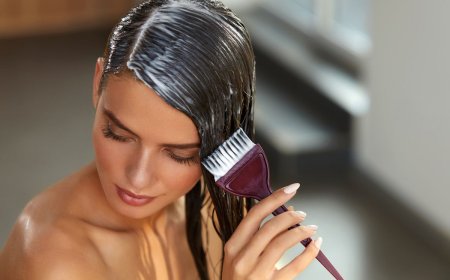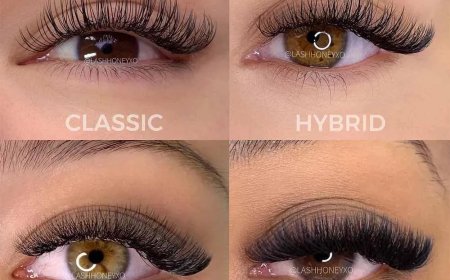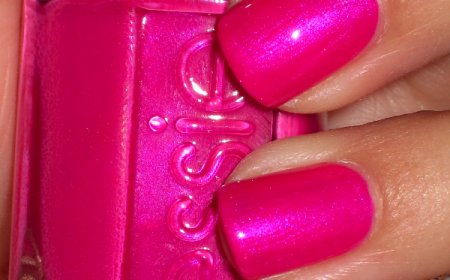Henna Hair Colour in Red: Achieve a Natural Vibrant Look
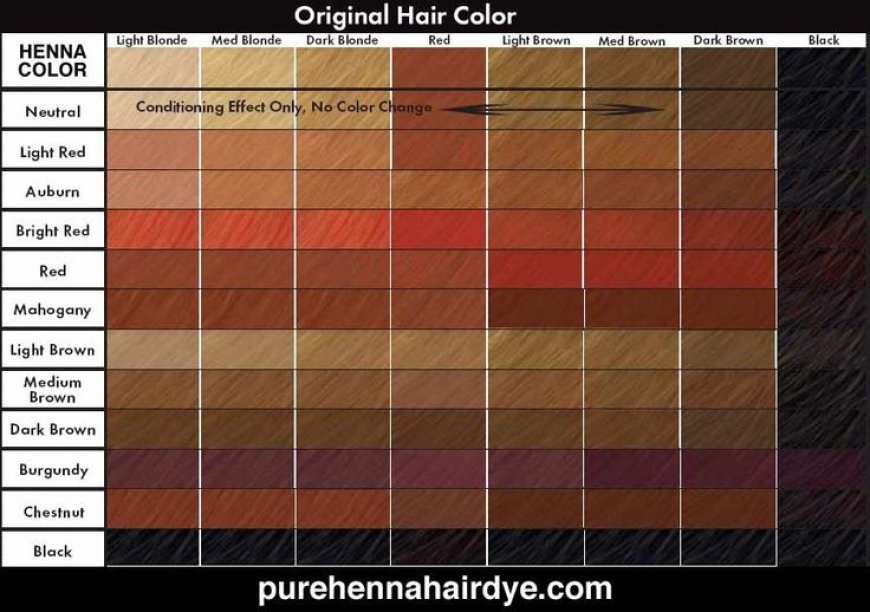
Henna Hair Colour in Red: Achieve a Natural Vibrant Look
In recent years, the quest for natural beauty products has surged among various demographics, especially among the younger generation. One of the most compelling options in the realm of hair coloring is henna, a time-honored natural dye that offers a captivating array of shades, with red being particularly sought after. The allure of henna lies not only in its striking color but also in its multifaceted benefits for hair health.
Henna, scientifically known as *Lawsonia inermis*, has been utilized for millennia across various cultures for its dyeing properties and medicinal benefits. Traditionally, it has been a staple in Middle Eastern, Indian, and North African cultures, where it is celebrated for its ability to deliver vibrant color while nourishing the hair. The red hues obtained from henna can range from fiery copper to a deep burgundy, making it a versatile colorant that appeals to the aesthetic preferences of a youthful demographic.
Among the myriad reasons to opt for henna, its natural origin is paramount. Unlike synthetic dyes often laden with harsh chemicals, henna presents a safer alternative that is less likely to cause allergic reactions or irritation. The application of henna not only imparts color but also enhances the hair's texture, providing moisture, shine, and strength. This article delves into the various facets of using henna for hair coloring, specifically focusing on achieving a vibrant red hue.
Understanding the Chemistry of Henna
Henna is derived from the leaves of the henna plant. When the leaves are dried and ground into a fine powder, they release a compound called lawson, which is responsible for the dyeing effects. Lawson interacts with the keratin in hair fibers, resulting in a long-lasting color that penetrates the hair shaft rather than merely coating it. This is particularly beneficial for individuals seeking a more permanent solution to hair color.
To produce a rich red color, henna is often mixed with other natural ingredients. Adding ingredients such as beetroot powder, hibiscus, or even coffee can intensify the color and allow for customization depending on personal preferences. It's worth noting that the final color may vary based on several factors, including the initial color of the hair, the duration of the application, and the specific henna product used. Experimentation is key to achieving the desired shade.
The Art of Applying Henna
The process of applying henna is often regarded as a ritualistic experience. Preparing the henna paste involves mixing the henna powder with a liquid, which could be water, tea, or lemon juice, to create a smooth consistency. The acidity of lemon juice aids in the dye release, making the color more vibrant. Subsequently, the paste is allowed to rest for a few hours, permitting the dye to intermingle effectively.
When it comes to application, multiple techniques may be employed. The most common method involves sectioning the hair and applying the henna paste generously, ensuring full coverage. Once applied, the hair is often wrapped with plastic wrap or a shower cap to maintain warmth and moisture, which enhances dye uptake. The duration of the application can vary, ranging from one to several hours, depending on the intensity of color desired. After the waiting period, rinsing thoroughly with water yields marvelous results, often resulting in a splendid array of red hues.
The Benefits of Using Henna
Certainly, achieving stunning color is a primary reason for using henna; however, the benefits extend far beyond aesthetics. Henna possesses unique properties that contribute to overall hair health.
Firstly, henna acts as a natural conditioner. The tannins in henna coat the hair strands, reducing frizz and adding a silky touch. This unique aspect is particularly beneficial for those with damaged or dry hair. Additionally, henna has antimicrobial properties which can help maintain scalp health, potentially alleviating conditions such as dandruff or seborrheic dermatitis.
Another advantage is that henna forms a protective barrier around hair strands. This shields the hair from environmental pollutants and heat damage from styling tools. As a result, individuals who frequently style their hair may find that the integration of henna into their hair care regimen leads to reduced breakage and improved overall texture.
Post-Application Care and Maintenance
To prolong the vibrant red hue from henna, specific maintenance practices should be adopted. Henna-treated hair often shines best when maintained with mild, sulfate-free shampoos, which help retain moisture without stripping the color. Regular conditioning treatments can also bolster the health and vibrancy of the color. Using organic or natural conditioners will further enhance the benefits provided by henna.
Moreover, exposure to sunlight can significantly impact the vibrancy of henna colors, particularly red, which can fade over time. Therefore, utilizing hats or UV protection sprays designed for hair can aid in preserving the color integrity for a more extended period.
Addressing Common Concerns
Despite henna's numerous benefits, several concerns often arise among potential users. One prevalent worry is the permanence of henna as a hair dye. While henna does provide long-lasting results, it may not fade as gracefully as chemical dyes, instead leading to color build-up with subsequent applications. Thus, it is essential to be mindful of mixing colors or using oxidizing agents if opting for a return to synthetic dyes.
Furthermore, the process of preparing and applying henna may seem cumbersome to some. Nevertheless, the gratifying results and the positive impact on both color and hair health often outweigh these perceived inconveniences. It can also be seen as an opportunity to indulge in self-care, promoting relaxation and creativity.
In the Quest for Individuality
As trends in hair color evolve, individuality becomes paramount. Henna allows for a unique form of self-expression, as each application can yield distinct results based on hair type, initial color, and application techniques. Young individuals, striving to make bold statements, can revel in tailoring shades to suit their personal aesthetics—be it a subtle highlight or a bold red mane.
In conclusion, henna stands out as an exceptional option for young individuals seeking a natural yet striking red hair color. Its myriad benefits—including nourishing properties, unique color retention abilities, and contributions to scalp health—solidify its place in modern hair care. By embracing henna, individuals can achieve not just a stunning appearance, but also launch into a journey of self-discovery and creativity. The vibrant world of natural hair coloring beckons, inviting you to explore the beauty encapsulated within the essence of henna.
What's Your Reaction?
 Like
0
Like
0
 Dislike
0
Dislike
0
 Love
0
Love
0
 Funny
0
Funny
0
 Angry
0
Angry
0
 Sad
0
Sad
0
 Wow
0
Wow
0

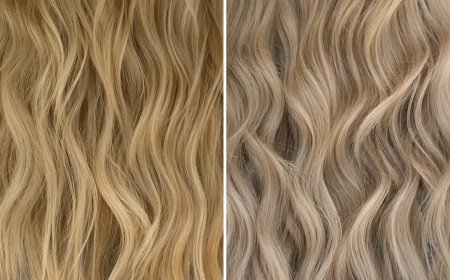
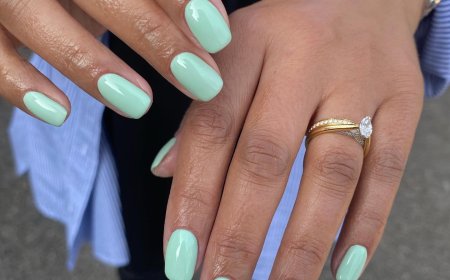
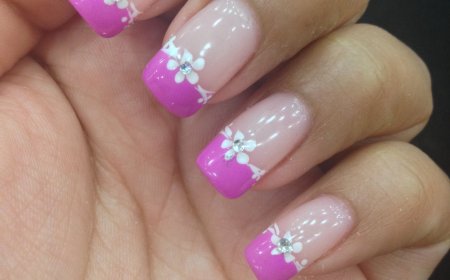

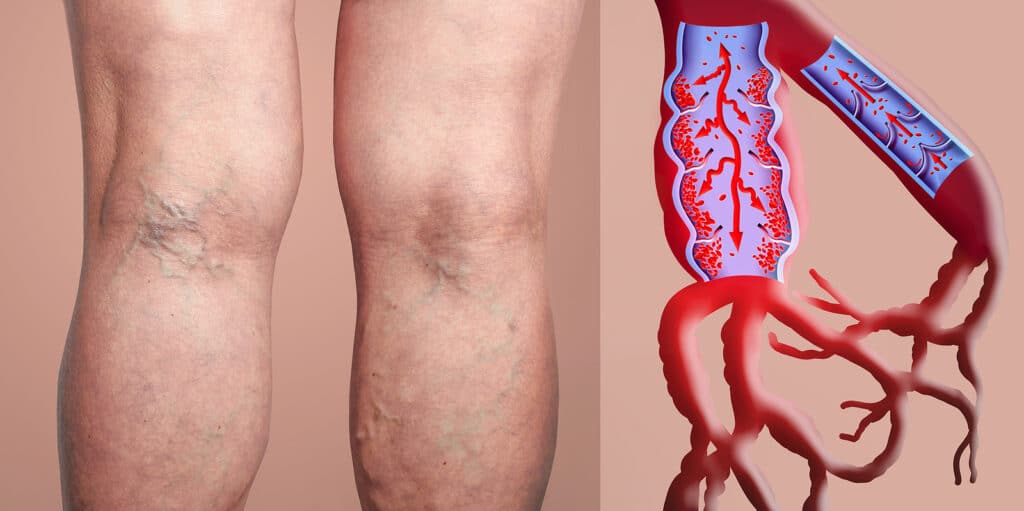


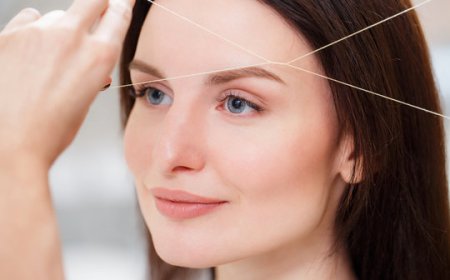
:max_bytes(150000):strip_icc()/drugstore-retinol-creams-tout-f76b9d2796e34eaa8376801c83fb1888.jpg)
